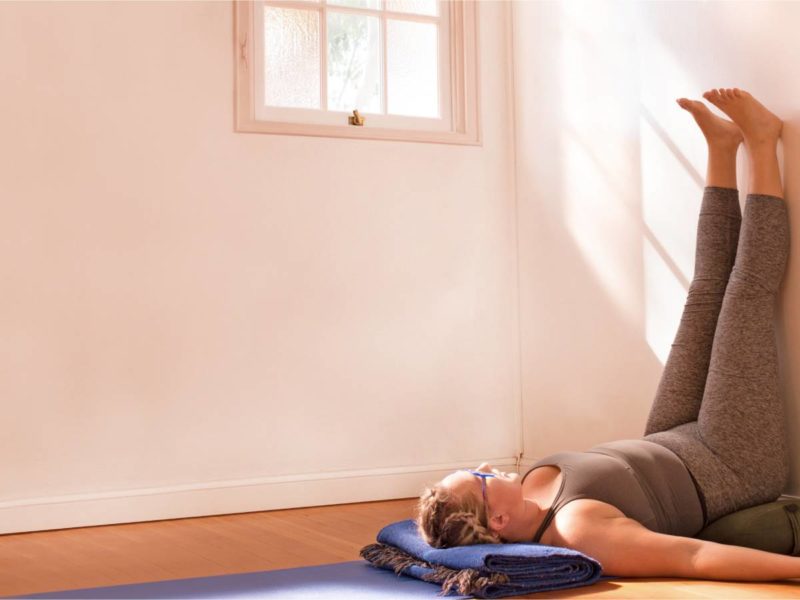Do you have high blood pressure (or a genetic predisposition for it)? In my Continuing Education Training over the past several years I have taken courses on yoga for high blood pressure, or hypertension (HTN), with Dr. Tim McCall and Dr. Baxter Bell. Both shared scientific data regarding the benefits of yoga on HTN, including its ability to train the nervous system to shift easily between the sympathetic and parasympathetic nervous system, as well as the positive effect yoga has on the structures in the chest cavity and large muscle groups. But there are specific yoga postures and breathing techniques you can do to help prevent hypertension, as well as very specific things you should avoid in a yoga practice if you have high blood pressure. In both my ‘Soothing Yoga for Stressful Times’ and ‘Yoga for Empowered Aging’ online courses, I share yoga practices for Heart Health that include preventative postures and breathwork, as well as modifications if you have hypertension. Here are a few examples:
Yoga for Preventing Hypertension
- Challenging poses can help you practice being calm and mindful. This will train your body to shift easily between your sympathetic and parasympathetic nervous system and retrain tendencies to overreact.
- Do a mix of dynamic poses, for increasing good circulation, and static poses that increase your heart’s workload.
- Breathing techniques such as Alternate Nostril Breathing, 2:1 breath ratio (exhales:inhales) and bhramari (bee) breath can help balance your sympathetic and parasympathetic nervous systems.
- Supported inversions (Legs up the Wall, supported bridge, supported shoulderstand) trigger blood pressure monitoring nerves in your aorta and carotid arteries (baroreceptors). They sense the sudden increase in pressure and communicate to your brain to decrease your blood pressure and heart rate.
How to Modify Your Yoga Practice for Hypertension
- No Hot Yoga! Heat and dehydration can increase your blood pressure.
- If you have HTN be aware of holding static poses too long. Do dynamic poses instead.
- For standing poses like Warriors and Chair where your arms are usually engaged, skip the arms and just put your hands on your hips.
- Be cautious of partial inversions. This includes postures like Down Dog and Pyramid pose, which can be done at a wall instead so your head isn’t inverted. You may want to avoid full inversions altogether, as they bring too much blood back to head/brain and heart too quickly. Possible risky postures include head/hand/shoulderstands and arm balances. A 1/2 shoulderstand at the wall or supported shoulderstand with a block is a nice alternative.
If you are concerned about preventing hypertension, or already have high blood pressure and want to make sure you are modifying your yoga practice appropriately, contact me to set up a private yoga session or enroll in my ‘Soothing Yoga for Stressful Times’ and ‘Yoga for Empowered Aging’ online courses!


 6 Breathing Techniques To Calm You Down + Cool You Off
6 Breathing Techniques To Calm You Down + Cool You Off